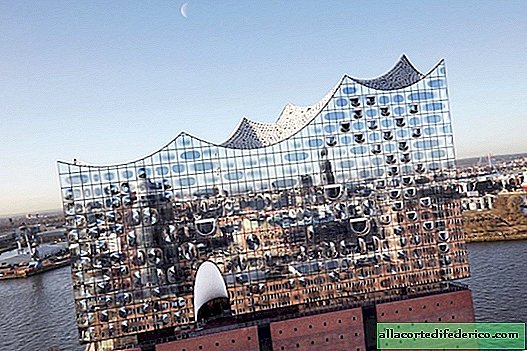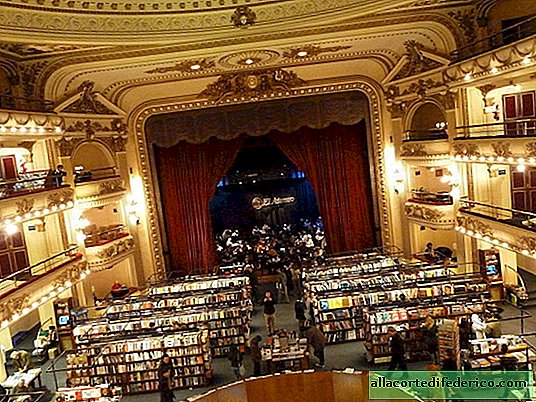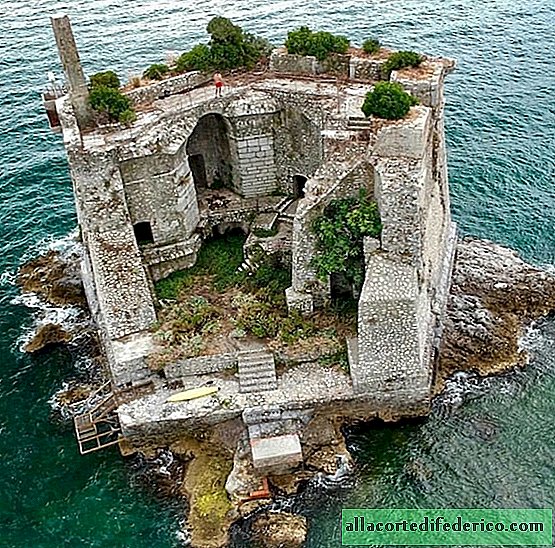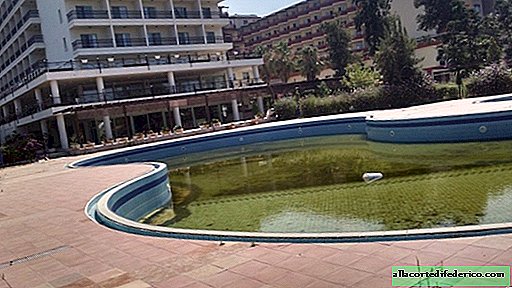What a concert hall in Hamburg looks like, designed using an algorithm
The construction of this hall took 7 years more than planned, and cost 10 times more than the original budget, but, as you will see in the incredible photographs, the new concert hall in Hamburg was worth all the effort and money invested in its creation.

Elbphilharmonie Hall seats 2,100 people and costs a whopping $ 843,000,000. It was designed by Swiss architects Jacques Herzog and Pierre de Meron, famous for their designs at the Tate Gallery in London and the Bird's Nest Olympic Stadium in Beijing. They teamed up with Japanese acoustics specialist Yasuhisa Toyota to create the Walt Disney concert hall in Los Angeles and the Suntory Hall in Tokyo. To create 10,000 unique acoustic panels in the auditorium, the masters used special algorithms.

Made of gypsum fiber, each panel consists of a million "cells" that line the ceiling, walls and balustrades of a central audience. When sound waves reach these panels, the cells help form a sound by absorbing the waves or causing them to bounce around the room. Among all the panels you cannot find two that would equally scatter or absorb sound, but together they create a perfectly balanced effect that gives the same sound at every point in the hall.




The genius of audio engineering is complemented by an equally stunning facade that rises above the Elbe, being the tallest building in the city. Its roof is designed to simulate the shape of the waves, and is covered with giant sequins. And on the building itself, a thousand panels of sheet glass magically change color depending on the angle of light incident on them.























